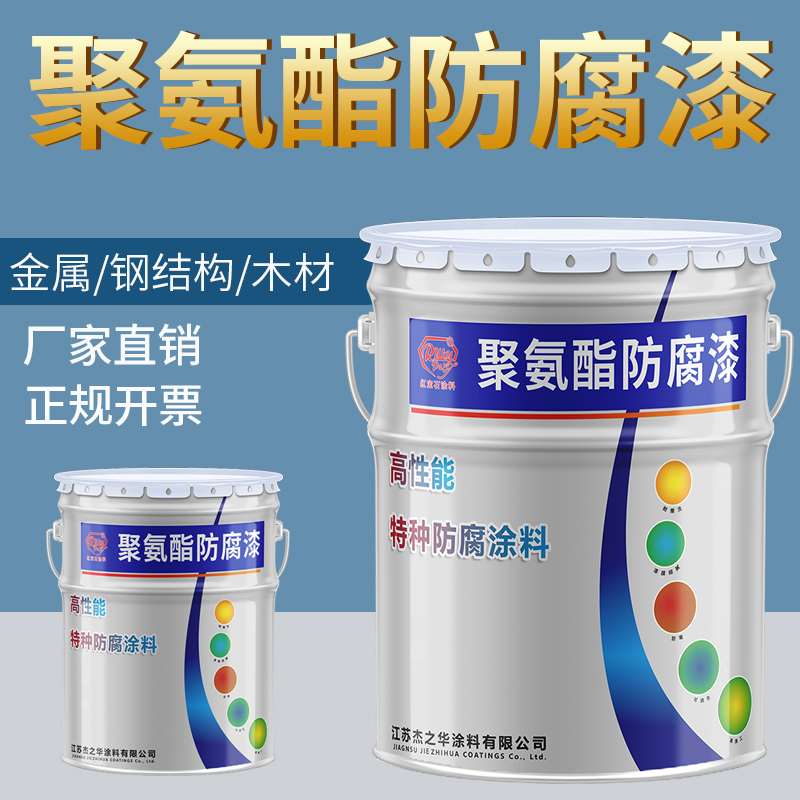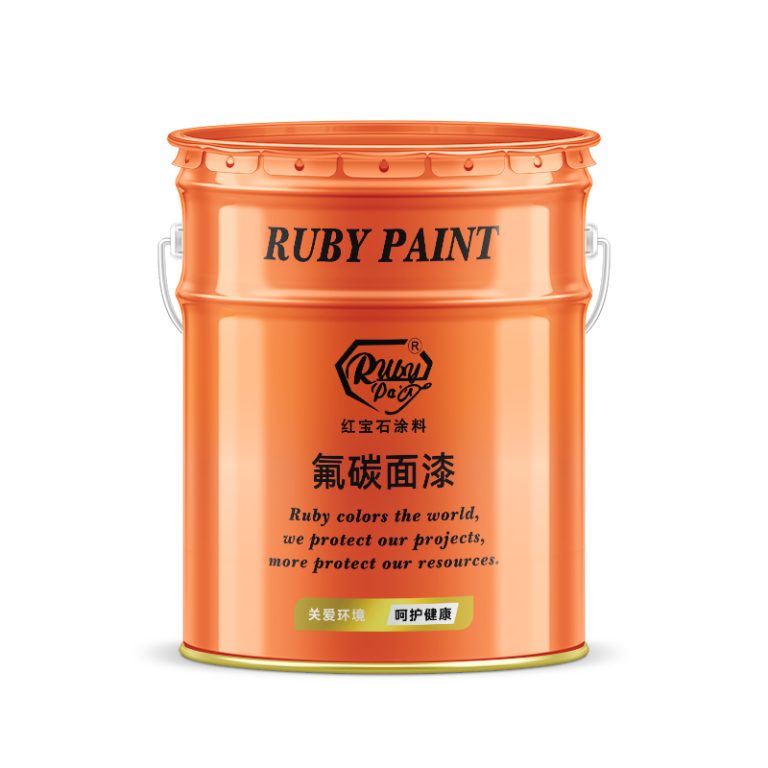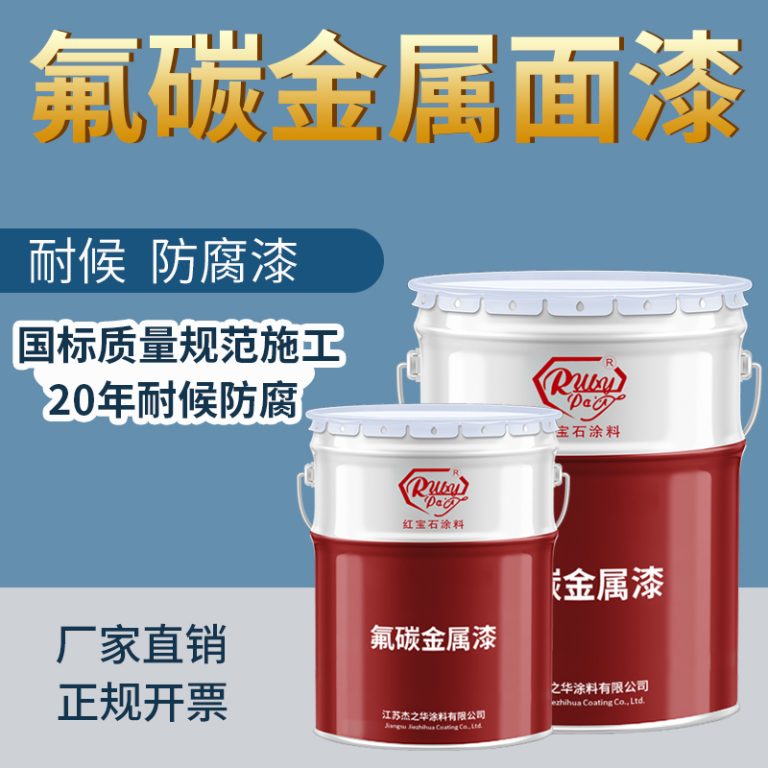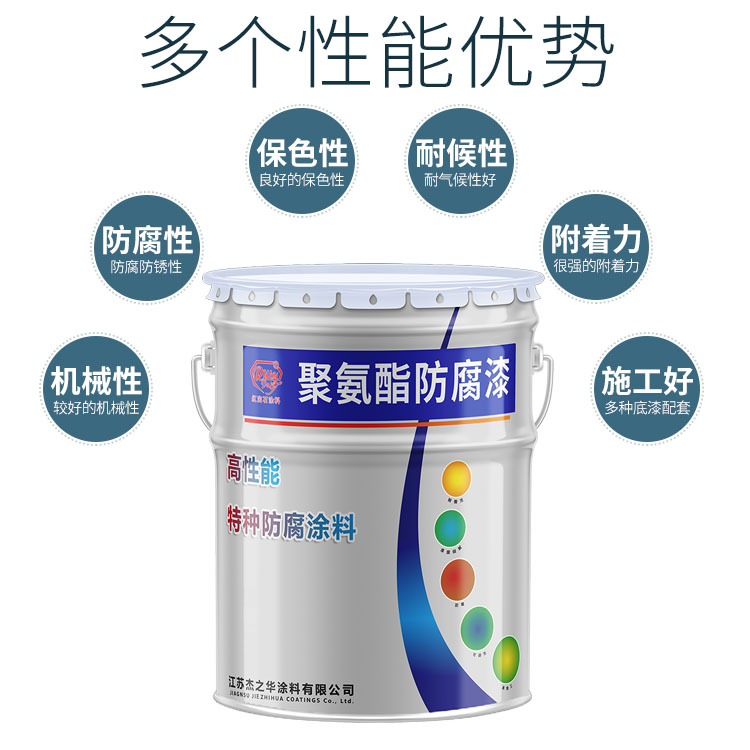Table of Contents
Benefits And Applications Of Polyurea Paint In Industrial Coatings
Polyurea paint is a remarkable coating technology that has gained significant traction in the industrial sector due to its exceptional properties and versatile applications. This advanced material is a type of elastomer that is derived from a reaction between an isocyanate component and a synthetic resin blend component through step-growth polymerization. This process results in a coating that is not only resilient but also possesses superior physical properties compared to traditional coating systems.
One of the primary benefits of polyurea paint is its rapid curing time. Unlike other coatings that may take hours or even days to fully cure, polyurea can set and become tack-free in a matter of seconds and fully cure within minutes. This swift curing time significantly reduces downtime, allowing for quicker return to service, which is particularly beneficial in industrial environments where time is often equated with productivity and revenue.
| No. | Product |
| 1 | Industrial paint |
Moreover, polyurea paint is renowned for its durability and longevity. It exhibits excellent resistance to abrasion, corrosion, and chemical exposure, making it an ideal choice for protecting industrial equipment and structures from harsh conditions. Whether applied to pipelines, tanks, or flooring, polyurea creates a seamless, watertight barrier that effectively shields the substrate from moisture, chemicals, and other corrosive elements. This protective quality not only extends the lifespan of the coated materials but also reduces maintenance costs over time.
| Nr. | Product Name |
| 1 | Fluoracarbon primer paint |
Another advantage of polyurea paint is its flexibility. The coating remains highly elastic, which allows it to expand and contract with the substrate without cracking or peeling. This characteristic is particularly important in environments subject to temperature fluctuations or mechanical stresses. By maintaining its integrity under varying conditions, polyurea ensures continuous protection of the underlying material, thereby preventing premature failure and costly repairs.
Polyurea paint also boasts impressive versatility in terms of application. It can be applied to a wide range of surfaces, including metals, concrete, wood, and even geotextiles. This adaptability makes it suitable for numerous industrial applications, from secondary containment and waterproofing to flooring systems and structural reinforcement. Additionally, polyurea can be formulated with different colors and textures, providing aesthetic options that can enhance the appearance of industrial facilities while still offering robust protection.
The environmental impact of polyurea paint is another aspect worth considering. Many polyurea formulations are 100% solids, meaning they contain no volatile organic compounds (VOCs) or solvents. This characteristic not only makes polyurea a safer choice for applicators and workers but also reduces the emission of harmful pollutants into the atmosphere. As industries increasingly seek sustainable solutions, the environmental benefits of polyurea paint make it an attractive option for eco-conscious businesses aiming to minimize their ecological footprint.

In conclusion, the benefits and applications of polyurea paint in industrial coatings are extensive and multifaceted. From its rapid curing time and exceptional durability to its flexibility and environmental safety, polyurea offers a compelling solution for a wide array of industrial challenges. As technology continues to advance and industries evolve, the role of polyurea in protective coatings is likely to expand, further solidifying its status as a critical component in the maintenance and preservation of industrial assets.
Comparing Polyurea Paint With Other Protective Coatings: Which Is Best For Your Project?
Polyurea paint is a type of protective coating that has gained popularity in recent years due to its exceptional durability and versatility. It is a two-component system that combines a resin and an isocyanate to form a hard, resilient surface. This coating is known for its fast curing time, often setting within seconds, and reaching full strength within minutes. Polyurea’s rapid curing ability makes it an ideal choice for projects that require a quick turnaround, minimizing downtime and disruption.
When comparing polyurea paint to other protective coatings, such as epoxy, polyurethane, and acrylic, several factors come into play. Each of these coatings has its own set of advantages and limitations, making it crucial to evaluate the specific requirements of your project to determine which coating is best suited for your needs.
Epoxy coatings are widely used for their strong adhesion and chemical resistance. They are commonly applied on concrete floors in industrial and commercial settings. However, epoxies can be susceptible to UV degradation, leading to discoloration and loss of gloss over time. Additionally, epoxy coatings typically require a longer curing time compared to polyurea, which can extend project timelines.
Polyurethane coatings, on the other hand, offer excellent flexibility and impact resistance. They are often used in environments where thermal expansion and contraction are concerns. Polyurethanes also provide good UV resistance, making them suitable for outdoor applications. However, they generally do not have the same level of chemical resistance as epoxies or polyurea, which can be a drawback in certain industrial environments.
Acrylic coatings are another option, known for their cost-effectiveness and ease of application. They provide good color retention and UV resistance, making them popular for decorative finishes. However, acrylics are not as durable as the other coatings mentioned and may not be suitable for high-traffic areas or surfaces exposed to harsh chemicals.
In contrast to these coatings, polyurea offers a unique combination of rapid curing, exceptional durability, and resistance to a wide range of chemicals. It also performs well under extreme temperatures and is resistant to abrasion and impact. These properties make polyurea an excellent choice for demanding applications such as secondary containment, waterproofing, and protective linings.
Furthermore, polyurea’s versatility extends to its application methods. It can be sprayed, rolled, or brushed onto a variety of substrates, including concrete, metal, and wood. This flexibility allows for tailored application techniques based on the specific requirements of the project.
When deciding on the best protective coating for your project, it is essential to consider factors such as the environment in which the coating will be used, the expected level of wear and tear, and any chemical exposures. Additionally, the ease of application and curing time can significantly impact project schedules and costs.
In conclusion, while each type of protective coating has its merits, polyurea paint stands out for its rapid curing, robust durability, and chemical resistance. Its ability to be applied quickly and effectively across diverse environments makes it a compelling choice for projects that demand high-performance protection. By carefully assessing the specific needs of your project, you can make an informed decision on whether polyurea or another protective coating is the best fit for achieving long-lasting results.





